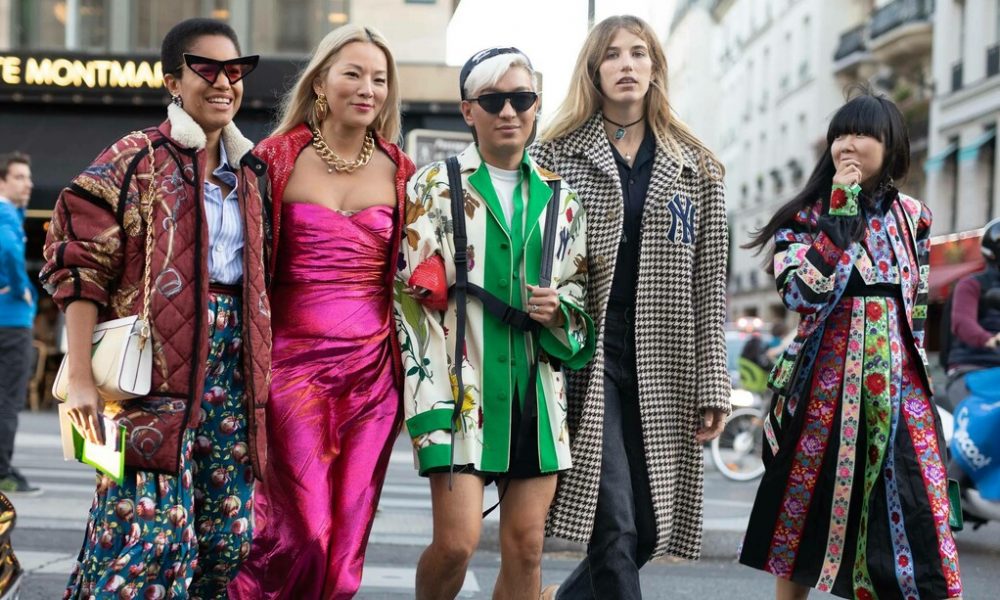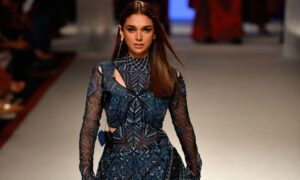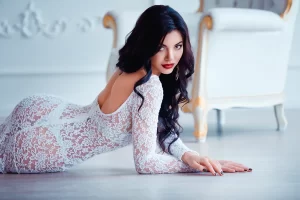The Impact of Fashion Collaborations in Shaping Clothing Styles

Fashion collaborations are an increasingly popular trend in the fashion industry. They involve two or more brands or designers coming together to create a unique collection that blends their respective styles. Collaborations have become a powerful tool for introducing new ideas and styles to the market, as well as for generating buzz and excitement among fashion enthusiasts. In this article, we will explore the role of fashion collaborations in shaping clothing styles.
Collaborations Create Unique Styles
One of the main benefits of fashion collaborations is that they bring together different perspectives and design aesthetics. This can lead to the creation of unique clothing styles that wouldn’t exist otherwise. For example, when streetwear brand Supreme collaborated with luxury fashion house Louis Vuitton in 2017, the resulting collection combined Supreme’s edgy and urban style with Louis Vuitton’s classic and refined look, resulting in a fresh and exciting collection that appealed to a wide range of fashion fans.
Collaborations Introduce New Trends

Collaborations are also a great way to introduce new trends and styles to the fashion industry. When two or more brands come together, they bring their respective fan bases and followers, which can help to generate buzz and excitement around a new trend or style. For example, when H&M collaborated with designer Alexander Wang in 2014, they introduced a collection that was heavily influenced by sportswear and athleisure, which became a major trend in the industry in the years that followed.
Collaborations Expand Brand Reach
Collaborations can also help brands to expand their reach and introduce their products to new audiences. When two brands collaborate, they often create a collection that combines the best of both worlds, which can appeal to fans of both brands. This can help to bring new customers to each brand, as well as to create a sense of exclusivity around the collaboration. For example, when designer Virgil Abloh collaborated with Nike to create “The Ten” collection in 2017, the limited-edition sneakers quickly sold out and became highly sought after by sneakerheads and fashion enthusiasts alike.
Collaborations Reflect Cultural Trends

Finally, collaborations can also reflect current cultural trends and issues. When brands collaborate, they often draw inspiration from current events or movements, which can lead to collections that speak to important cultural issues. For example, when designer Stella McCartney collaborated with Adidas to create a collection of sustainable and eco-friendly sportswear, it reflected a growing trend toward environmentally conscious fashion.
Fashion collaborations have become a powerful tool for shaping clothing styles and introducing new trends to the market. They bring together different perspectives and design aesthetics, generate buzz and excitement, expand brand reach, and reflect important cultural trends. As collaborations continue to grow in popularity, we can expect to see even more innovative and exciting collections that push the boundaries of fashion and inspire new trends.









